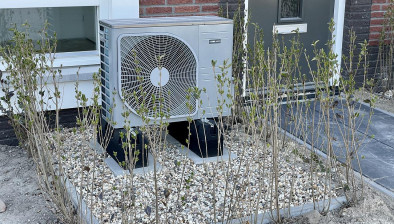Low carbon heat plans published by Scottish Government

The Scottish Government has outlined its strategy to cut carbon in Scotland’s heat system.
The Heat Policy Statement (HPS) sets out its approach to working towards decarbonising the heat system along with a framework for investment in a low carbon heat sector.
The Scottish Government will work together with energy experts, businesses and communities to develop a more holistic approach to these issues over the next year, as it prepares for the third Report on Proposals & Policies in 2016.
Key points include:
Energy minister Fergus Ewing said: “This concise Heat Policy Statement brings sets out Scottish Government’s framework for achieving a resilient heat system which transitions to affordable low carbon heat and seizes the economic opportunities that this transformation offers.
“Heat is estimated to account for over half of Scotland’s total energy use and responsible for nearly half of Scotland’s greenhouse gas emissions, so the imperative to take action is very clear.
“We have already made significant progress and will continue to work together with energy experts, businesses and communities to move towards a largely decarbonised heat system by 2050.”
WWF Scotland described the strategy as “a huge opportunity to cut bills, lift people out of fuel poverty, enhance energy security and cut emissions”.
Dr Sam Gardner, head of policy at WWF Scotland, said: “It’s good to see the Scottish Government prioritising energy efficiency as the ‘first fuel’ with its commitment to establish a National Infrastructure Priority. That commitment needs to be matched with clear goals, milestones and a strong funding package if it is to deliver the benefits it promises.
“Heating accounts for around 55 per cent of Scotland’s climate emissions but only 3 per cent of the heat we use is currently renewable. That’s why there needs to be a strong focus on renewable heat from the Scottish Government.
“The implementation of today’s statement needs to include a strong package of regulation and financial support if it’s to build confidence for consumers and investors alike.”









